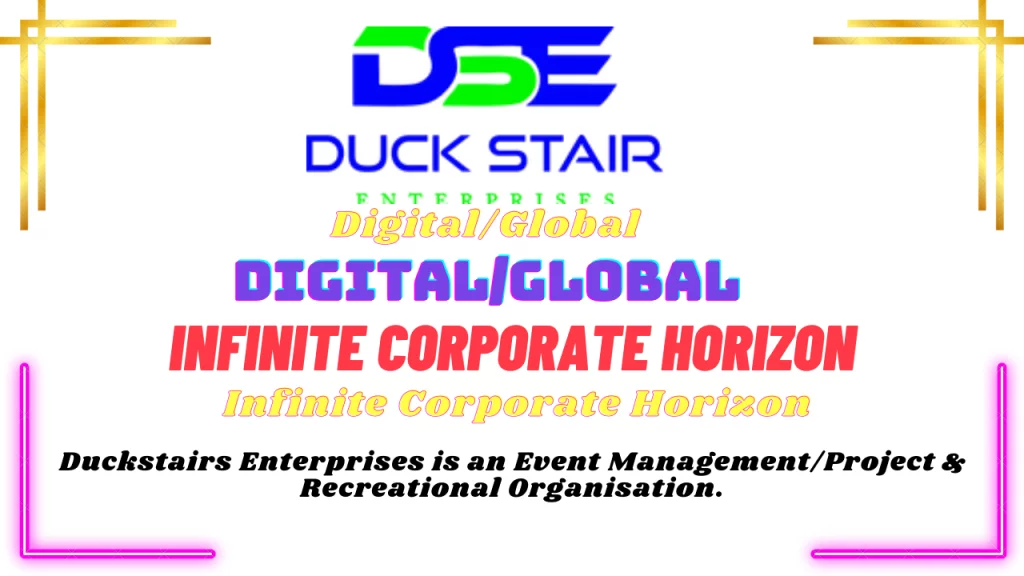Blog BMMM


Blog
brandingmaxmediamulty.com
Here is the Preamble according to the Series of Content.
Preamble:
1- Trending Series.
2- Business Series.
3- Support Series.
4- Media Series.
5- Event Series.
6- Administrative Series.
7- Food Series.
8- Science & Technology Series.
9- Arts & Crafts Series.
10- Organisational Series.
11- Information Technology Series.
12- Universe Series.
“Exploring the Layers of Thought: Unveiling the Meta of Blogging”
Meta Aspects of A Blog
1- Meta Title:
This is the title that appears on the browser tab and in search engine results. It should accurately reflect the content of the blog post and contain relevant keywords to improve search engine optimization (SEO).
2- Meta Description:
A brief summary of the blog post’s content, usually around 150-160 characters long. It appears below the title in search engine results and should entice readers to click through to the blog.
3- Meta Keywords:
While not as important as they once were, meta keywords are still used by some search engines to understand the content of a page. They consist of relevant keywords related to the blog post.
4- Meta Tags:
Tags or labels assigned to a blog post to help categorise and organise content on the blog. These can be used for internal search functionality and to help readers find related posts.
5- Canonical URL:
If your blog post has multiple URLs (for example, if it’s accessible through different paths on your site), you can use a canonical URL to indicate the preferred version. This helps prevent duplicate content issues in search engine rankings.
6- Open Graph Tags:
These are meta tags that control how the blog post appears when shared on social media platforms like Facebook, Twitter, and LinkedIn. They allow you to specify the title, description, image, and other elements that will be displayed in the social media post.
7- Schema Markup:
Schema.org markup can be added to your blog posts to provide search engines with more detailed information about the content, such as the type of content (article, recipe, review, etc.), author information, publication date, and more. This can help search engines better understand and display your content in rich snippets.
8- Robots Meta Tag:
This tag can be used to control how search engines index and display your blog post. For example, you can use it to prevent search engines from indexing the post, following links on the post, or displaying cached versions of the post.
By optimising these meta aspects of your blog, you can improve its visibility in search engine results, increase click-through rates, and provide a better user experience for your readers.
Meta Description of Blog
key aspects of a meta description:
1- Conciseness:
Due to character limitations in search engine result pages (SERPs), it’s crucial to keep the meta description brief and to the point. Focus on conveying the main idea or key takeaway of the blog post succinctly.
2- Relevance:
The meta description should accurately reflect the content of the blog post. It should highlight the main topic or subject matter covered in the post, ensuring that it aligns with what users are searching for.
3- Engagement:
While being informative, the meta description should also be compelling and engaging. It should entice users to click through to the blog by sparking their curiosity or addressing their needs and interests.
4- Keywords:
Incorporating relevant keywords into the meta description can help improve its visibility in search results. These keywords should be naturally integrated into the description and reflect the language that users are likely to use when searching for related content.
5- Call to Action (CTA):
Including a clear and persuasive call to action can encourage users to take the desired action, such as clicking through to read the full blog post. This could involve using action-oriented language or posing a question that prompts engagement.
6- Unique:
Each meta description should be unique to its corresponding blog post, avoiding duplicate content across different pages. This uniqueness not only helps improve SEO but also ensures that users receive accurate information about the specific content they’re viewing.
7- Brand Voice:
The tone and style of the meta description should reflect the brand voice and personality of the blog. Whether it’s formal, casual, authoritative, or playful, maintaining consistency with the overall tone of the blog enhances brand identity and fosters familiarity with the audience.
In summary, the meta description plays a vital role in attracting organic traffic to a blog by providing users with a concise yet compelling overview of its content. By optimising this element with relevant keywords, engaging language, and accurate information, bloggers can increase visibility in search results and encourage more clicks to their posts.
.
maimoonairam_56
https://brandingmaxmediamulty.comMaimoona Irm, Female, Belongs from Rawalpindi Pakistan. Dynamic, Innovative, Creative,